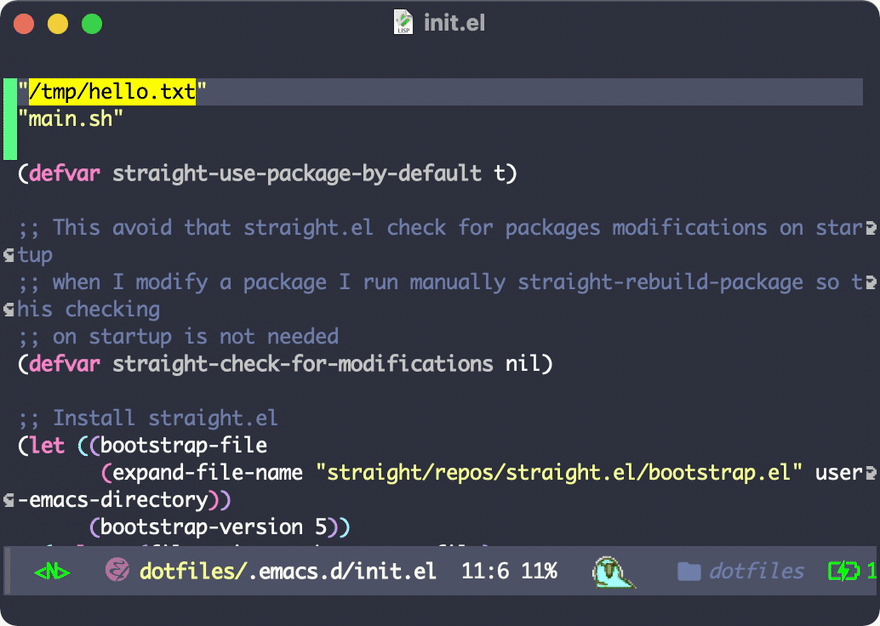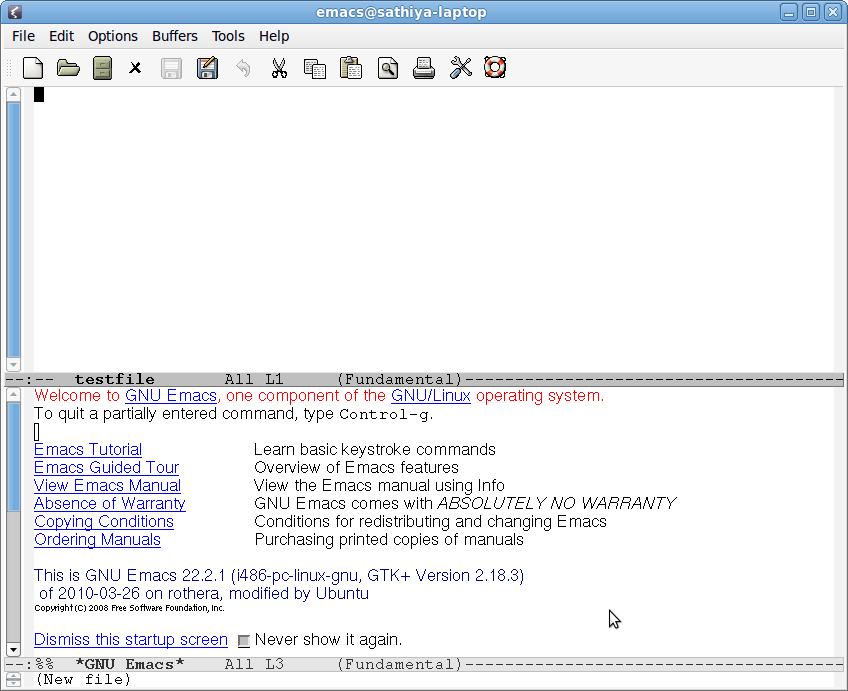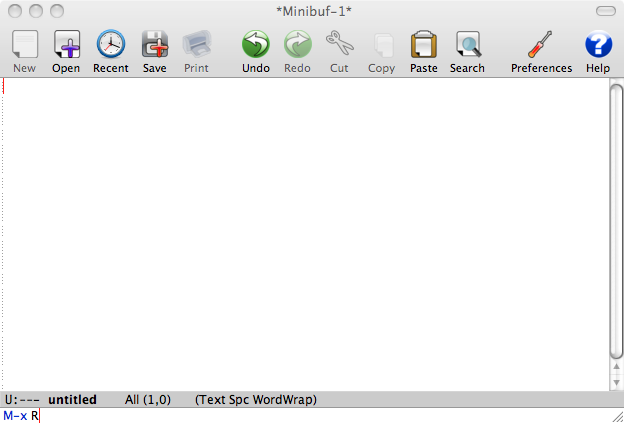
The 1st command is to map CAPSLOCK to ESC whereas the 2nd one takes care of CTRL pressed with other keys.
#EXIT EMACS INSTALL#
To install it on Ubuntu use: sudo apt install xcapeįor the actual mapping do: setxkbmap -option ctrl:nocaps To do the same on Linux, you can use XCAPE. For installation just follow this description. I use it to enjoy convenient CTRL + anything presses without hurting my pinky and to toggle modes in Vim that I use via ssh in MobaXterm. You do not need Admin privileges for this and ESC and CTRL are still working as expected.
#EXIT EMACS SOFTWARE#
You can use this little piece of open source software by ililim.
#EXIT EMACS WINDOWS#
Remap CAPSLOCK to ESC and CTRL on Windows For me, this is not an issue and I'm enjoying this mapping a lot! This is how I did it: See :help i_CTRL-CĪs already mentioned, remapping of CAPSLOCK to ESC and CTRL requires additional SW. It also won't check for abbreviations, or trigger the InsertLeave event.


One difference with Ctrl-C is: When leaving an edit in blockwise visual mode, Ctrl-C will keep the changes you made on the current line, but will not repeat the changes over the other lines in the block, which is the point of that mode. Differences between Ctrl-[ and Ctrl-CĬtrl-[ is probably what you want, since it always works like Escape. If I do that too quickly, within the configured timeout, then it sends an Escape stroke, which in some situations can be quite disruptive (for example closing the current dialog window). Because sometimes I press Ctrl, then change my mind, and release it. Make Caps Lock perform both Ctrl and Escape?Īlternatively, at the bottom of his answer Giovanni suggests to map Caps Lock to perform both Control and Escape depending on the length of press, but this requires installing extra software. This brings Control onto the middle row, making it easier to press all Control modified strokes, including Ctrl-[ and Ctrl-C which both exit Insert mode in Vim. In Linux execute: setxkbmap -option caps:ctrl_modifier.
#EXIT EMACS MAC OS X#
In Mac OS X visit System Preferences > Keyboard -> Modifier Keys.You can map Caps Lock to Control without installing any extra software: This can be done on Windows and Mac by properly setting/programming the corresponding remap utility (specifically for AutoHotkey hints can be found here and for KeyRemap4MacBook check here). as an Esc key by pressing and quickly releasing it.as a Ctrl key by pressing and holding it,.Some people go even further and program the CapsLock key to behave: As example, I have xmodmap called as an entry in the Cinnamon "Startup Applications" (which allows me to do more than the standard GUI key remapping customization).


It is tricky however, because actually sourced files vary according to the (desktop) environment used. Xmodmap is on your home dir ~) in the chain of login auto-sourced files: if then The system can be setup to automatically run it at every login by placing strategically the following shell script lines (supposing. Alternatively, but less easily, it can be remapped at Xorg level using the xmodmap program and having it run the following. Proper option in Menu->Keyboard->Keyboard Layouts->Caps Lock behavior. For example on Linux Mint/Cinnamon is just a matter of selecting the On Linux, varies according to the Desktop Environment.


 0 kommentar(er)
0 kommentar(er)
